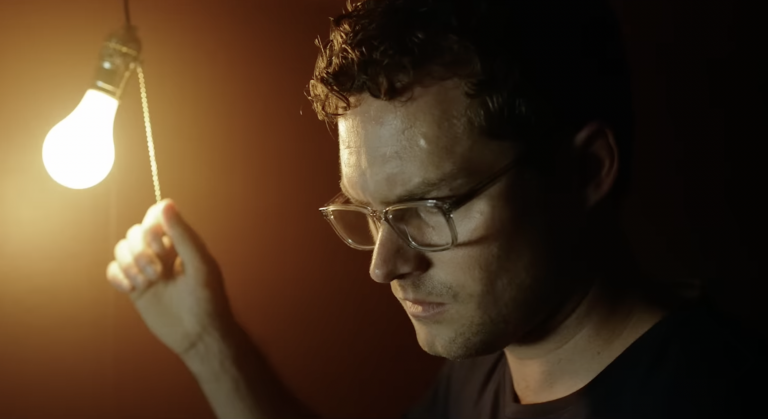2024 has been a fascinating year for cinema for multiple reasons, not the least of which is the return of directors after a long hiatus to work on their passion projects. While Francis Ford Coppola’s “Megalopolis” is slated for a theatrical release in September, Kevin Costner’s “Horizon: An American Saga” is available for cinephiles to consume and ponder, or at least a quarter of it.
Commissioned in 1988 as a single film by Costner, he approached Walt Disney Pictures to commission this project after the release of his 2003 project “Open Range,” but it was rejected. As Costner would note in his interviews, the rejection and subsequent gaps would further Costner’s obsession with the project, and he would expand it more and more until it became a four-part, multiple-hour saga. Costner would leverage his position as one of the highest-paid actors on television for playing the lead in five seasons of Taylor Sheridan-led “Yellowstone” to fund his own money into the project. According to him, the decision to make the film now stemmed from wanting his son to be in the project.
There is ambition, and then there is foolhardiness. Costner’s Horizon project, whose first part is just 20 minutes shy of Michael Cimino’s disastrous magnum opus “Heaven’s Gate,” straddles the fine line and also topples into being utterly foolhardy. It almost feels like Costenr’s interpretation of the bloody history of the Old West a la “How the West Was Won,” except auteurist tendencies would only allow him to direct all the plot strands himself instead of letting multiple directors tackle different plot strands like in the latter film.
Horizon: An American Saga – Chapter 1 (2024) Plot Summary & Movie Synopsis:
Two primary incidents begin with the domino topple, which is the double-triptych storytelling of “Horizon: An American Saga.” Both incidents occurred in 1859, two years before the start of the American Civil War. The first incident begins on a patch of land that would later be sold by H. Silas Pickering (Giovanni Ribisi) as the frontier town of Horizon, the new slice of land promising an Eden signifying a fresh start.
As it turns out, the team of purveyors in the San Pedro Valley, who are responsible for staking out and noting the boundaries of the town of Horizon, would be attacked and massacred by the Apache, as the plot of land is just over the Apache river crossing. The bodies of the surveyors would be found by Desmarais, a missionary who had been seeking the same town, lured by the promise of the leaflet and advertisement for Horizon. He buries the bodies of the purveyors and later establishes the town of Horizon, with the graves of the purveyors becoming a foreboding marker of the violence that occurred.
The second incident occurs in the territory of Montana during the harsh snowy winter when sex worker Lucy (Jena Malone) shoots the patriarch of the Sykes family, James (Charles Halford), and escapes with her baby boy Sam – as we find out later – to Wyoming. Furious at the attack, the matriarch (Dale Dickey), orders her sons Junior (Jon Beaver) and Caleb (Jamie Campbell Bower) to find and recapture her.
Frances Kitteridge and the attack at Horizon
Four years later, with the American Civil War well underway, we are introduced to the flourishing town of Horizon. The fourth-anniversary celebration of the establishment of the town, titled “The Great Day,” would be marred by a raid by the White Mountain Apache. The violent raid, led by the Pionsenay (Owen Crow Shoe), would destroy the town, with several establishments razed to the ground, including the home of the Kitteridges. Their house, situated over the hill, would become the final stand for some of the residents of the massacre, but they would be slaughtered.
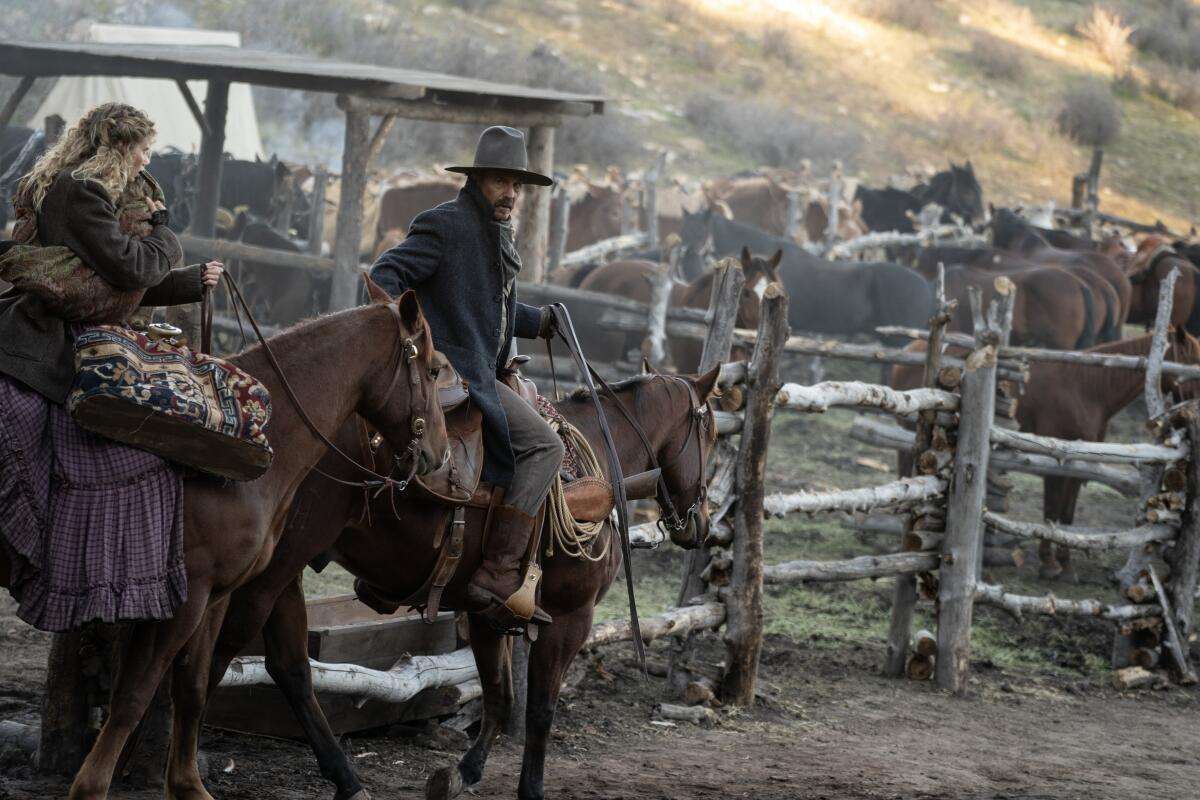
That would include the husband and son of Frances Kitteridge (Sienna Miller), who, along with her daughter Elizabeth, would survive the onslaught by hiding in the closed-off mine tunnel beneath their house and breathing through the nozzle of the rifle that Frances would be successful in pushing upwards, breaking through the surface but remaining undetected from the eyes of the Apache. Meanwhile, a local boy, Russell (Etienne Kelici), would escape on horseback to inform the nearby army barracks at Camp Gallant. He would be chased by Apache scouts and would manage to escape with the help of two horses by jumping over to another horse mid-gallop and escaping into the dead of the night.
The next morning, the ravaged town would be visited by the army, led by 1st Lieutenant Gephardt (Sam Worthington) and Sgt. Major Riordan (Michael Rooker), guided by Neron Chavez (Alejandro Edda). They manage to locate the almost-dead-by-suffocation Frances and Elizabeth while also assisting in the burial of the dead. Gephardt further reminds the people at Horizon that this hadn’t been an army-sanctioned location, wondering whether the burial over the other side of the river should have been a sign for the men. The retort by some of the survivors would be that it had been a sign to set up camp and location over on the other side of the river. As the events showed, it didn’t exactly end very well.
Frances and Elizabeth would take up on the army’s offer to seek sanctuary at Camp Gallant. Meanwhile, Russell, understandably motivated by revenge, joins fellow survivor Elias Janney (Scott Haze) and scalp-hunter Tracker (Jeff Fahey) to go after the White Mountain Apache for retaliation. For Tracker, and as succinctly deduced by Lt. Gephardt, it would also be a profitable venture to hunt for scalps to be sold off, but that might result in indiscriminate hunting, irrespective of the race of the Native Americans or gender. As Frances and Elizabeth would slowly start adjusting to life at the camp, they would begin to befriend Sgt. Riordan and his wife (Elizabeth Dennehy) and the young soldiers at the camp. Elizabeth would be heartbroken when these soldiers were called off to war, gifting them flower pins as souvenirs of their time spent at the camp.
Gephardt, meanwhile, would have an ideological disagreement regarding the ethics and inevitability of Manifest Destiny (the belief that American settlers would expand westward across North America as a form of divine ordinance) that resulted in direct opposition with the original Indigenous population of the continent, with his superior, Colonel Albert Houghton. As Houghton describes to Gephardt, what incites these people to move westward would be further opportunities and a general change of their lifestyle (turning the wheel until they could turn no further and thus change by inches), and thus this isn’t duty motivating them to move westward, unlike the army, which is engaged in battle with the south, as well as serving as protectors of “these open spaces.”
The fact that this explanation would never be communicated to the Indigenous is what director Costner points the finger directly at—how that encroachment would ultimately be the root cause of the cyclical nature of the violence on both sides of the fence. A later discussion with Houghton and Riordan would further double down on the inevitability of Manifest Destiny, finally leading to the last of these open spaces closing off, and that’s how it would finally end. Elizabeth and Gephardt would later begin a romance.
A similar form of ideological conflict would be witnessed at the White Mountain Apache camp between Pionsenay and tribal elder Tuayesh (Gregory Cruz). Pionsenay, while not naturally violent, believes that the influx of settlers would push them out of their land and cause them to go to war with the rest of the tribes, and he decides to be the voice of resistance. Tuayesh, meanwhile, wants to peacefully coexist with the settlers. His younger son Taklishim (Tanaka Means) is torn between his love for his father and new family and his loyalty towards his brother Pionsenay. He finally chooses to side with his brother and joins his Warband, much to the displeasure of his wife, Liluye, and leaves the White Mountain Tribe to continue the war against the settlers.
Ellison Hayes and the Sykes Brothers
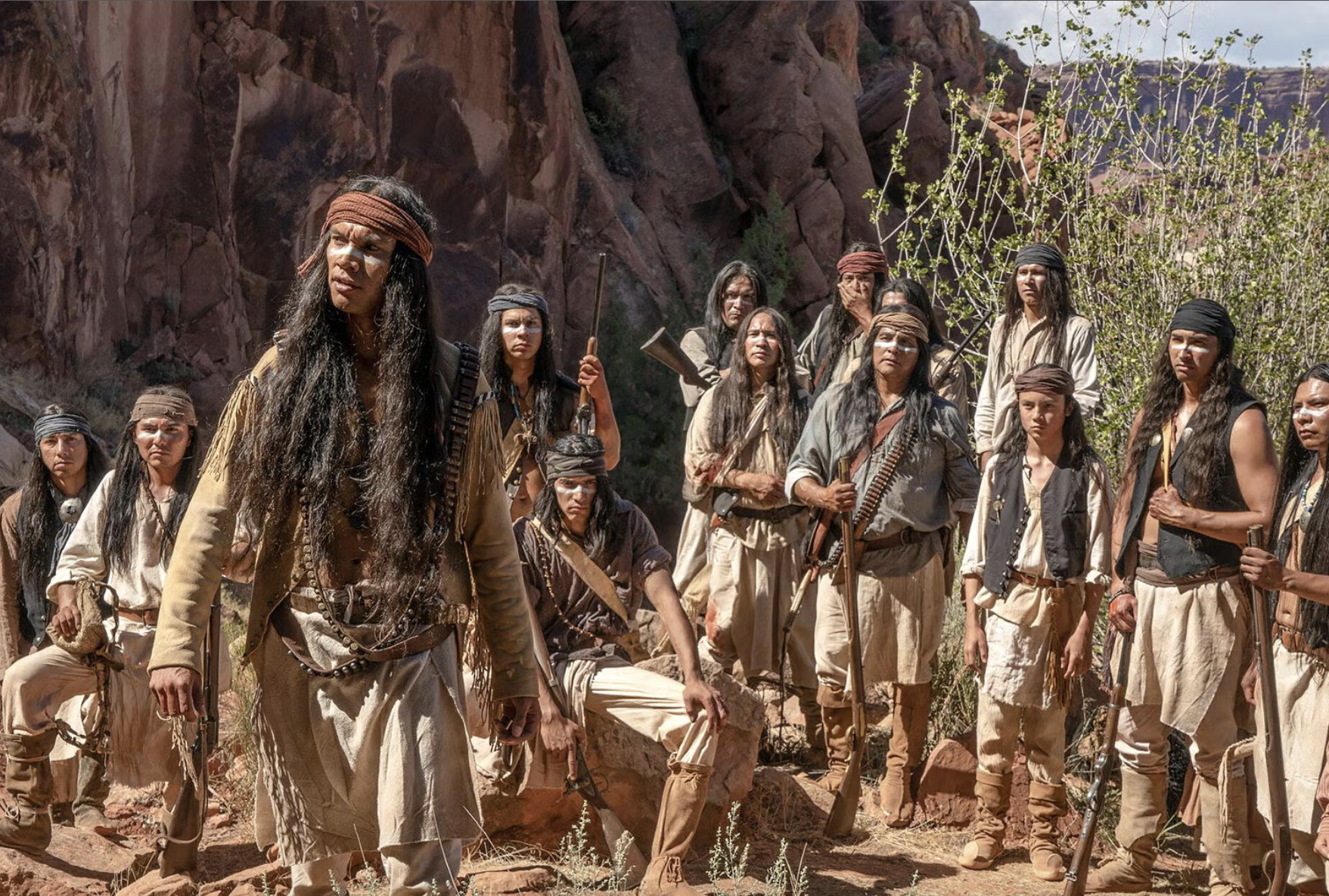
In Wyoming Territory, horse trader Ellison Hayes (Kevin Costner) arrives to conduct business and perhaps earn some respite from the journey he had been on and a past he would rather not revisit. He is propositioned by the sex worker Marigold (Abby Lee) to visit her house later in the day. Marigold, unbeknownst to Hayes, had been cohabiting with Walter Childs (Michael Anagarano) and his wife, Ellen Harvey. Ellen Harvey, unbeknownst to everyone, including her husband, is the alias of Lucy, the sex worker who had escaped from the Sykes house and is now living in hiding with her young son Sam. Ellen rebukes Marigold for coming home late, as she had promised to babysit for Sam, while she accompanies her husband to a meeting on the far side of the settlement in a cottage.
To Ellen’s horror, she realizes that Walter’s business partners are the Sykes brothers, who have been searching for her and her son these last four years. Caleb, who is of a far more aggressive and borderline psychotic demeanor, accidentally kills Walter while headbutting him with the end of his pistol. While Junior tends to Lucy and interrogates her, he instructs Caleb to search for the kid. In town, Caleb comes across Hayes, and their conversation meanders, with Hayes laconic and Caleb loquacious, until they both reach the cottage and Marigold, in haste, reveals that she had just put the kid to bed.
A tense confrontation occurs between Hayes and Caleb, but Hayes, being the faster draw, manages to shoot Caleb down. Realizing that Marigold is in danger as the men with Caleb would soon come in danger looking for the kid, Hayes reluctantly flees the town with Marigold and Sam, taking refuge in the forest over the hills, overlooking a town. Hayes soon realizes, and he admonishes Mary about the “gravity of the situation,” that these men won’t stop coming after them.
We see Hayes and Marigold settling in a railroad work camp, which also establishes the presence of Chinese immigrants in that area, who are tacitly refused by the contractors for “English-speaking people only.” Mary would ultimately leave Sam in the care of one such family of Chinese workers and abandon Hayes with a traveling gambler that she had been “working with” and convinced of a better life. While Hayes looks on at the letter left by Mary, the family reads the scrawl on a torn-out part of a poster identifying Sam before presumably deciding to head forward to the destination in the poster, Horizon.
Matthew Wan Weyden and the Wagon Train
The third plot strand follows one of the wagon trains that Colonel Houghton had been referring to from a general perspective. Presumably also going towards Horizon, the Wagon Train stops at Santa Fe. It is led by Matthew Wan Weyden (Luke Wilson) and houses the pretentious British couple Juliette Chesney (Ella Hunt) and Hugh Proctor (Tom Payne), and the Ketteridges, led by Owen Ketteridge (Will Patton), who we might reasonably assume to be the extended family of Frances’ late husband (after all, the plot strands need to intersect somehow).
These are just some of the primary characters in a large enough wagon train, moving westward towards the “open spaces” and open opportunities that might be presented. Weyden has a strained relationship with the British Couple due to their propensity not to work with the rest of the train but instead waste valuable water and time drinking, bathing, and whiling away by drawing upon the landscapes, respectively.
Along the way, Weyden realizes that they are being watched by a pair of Pawnee scouts and decides to slow down their journey and set camp, with the horses in enclosures and the wagons set in a circle so that they could defend themselves. Weyden also has to deal with two men belonging to the wagon train who were caught peeping at Juliette while she was bathing. He chooses to warn them amicably to stay away from the couple. But none of the two men appear to take Weyden’s orders, or honestly, his leadership style, seriously, which bodes serious trouble in the oncoming days for the wagon train.
Horizon: An American Saga – Chapter 1 (2024) Movie Ending Explained:
Does Russell and his posse find the White Mountain Apache?
We return to the posse that had set out from Horizon in search of the Apaches that had been responsible for the massacre. At a trading post, while Russell tries to buy a gun. Tracker and a couple of the members try to intimidate an indigenous man by challenging him to a duel with Russell. But Russell refuses, and the man leaves with his son and the deer carcass he had brought him to trade. We learn that they are already short of a few men, and many among them are wondering about the success of the endeavor.
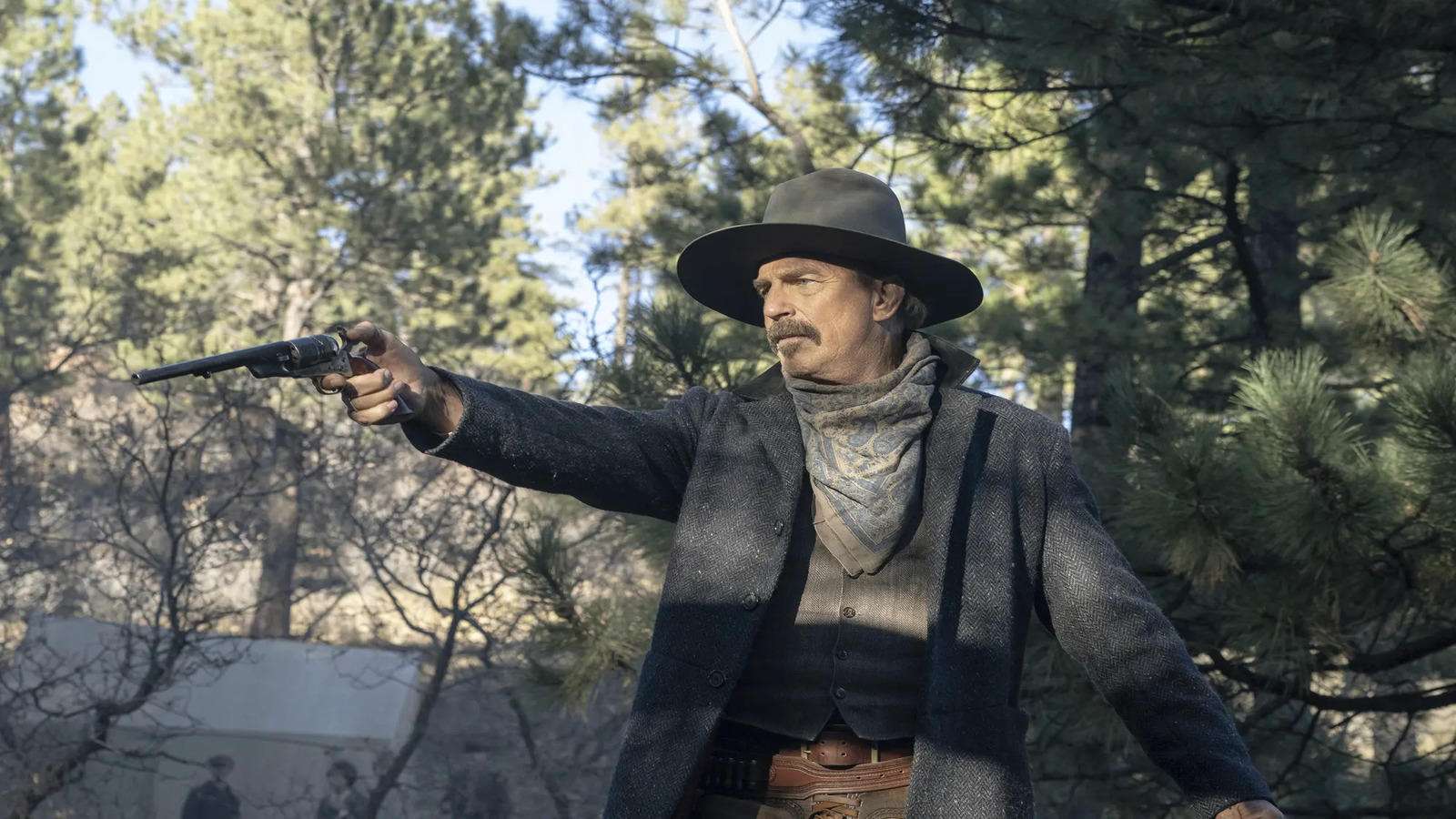
Tracker finally convinces them that it’s better to just hunt “injuns” and not be particular about being able to recognize whether they were the ones responsible for the attack. While Elias is noticeably uneasy about this proposition, Russell agrees, fueled by anger and revenge. They plan to buy their indigenous army by trading with bullet boxes and ultimately make a living off the scalp hunting—exactly the plan that Lt. Gephart had warned them not to pursue.
Subsequently, they located another Apache village nearby and waited for the hunters to leave. They would almost be discovered by a young boy in the village due to the horses of one of the posse being left unattended. Upon realizing that the hunters are out of hearing range, they massacre the village, killing all the women and children before scalping all their heads. The movie ends with adventurous music underscoring the posse riding away, a sharp contrast to the scene occurring immediately before showing Russell looking at the ensuing massacre in horror.
The movie finally ends with essentially a tease for the events to come in subsequent parts – a wagon train chase sequence, the romance between Gephart and Francis deepening and getting complicated once Gephart is presumably called off to war, Hayes resuming his horse-trading ways and getting chased by someone, the Wyden Wagon train coming face to face with the Pawnee, Juliette getting close with Diamond Ketteridge (Isabelle Fuhrman), the peeping toms perhaps being given capital punishment, the youngest son of the White Mountain Apache tribal chief striking up a friendship with a settler, the wagon train stopping at a new settlement, Hayes on his way towards Horizon, before finally settling on the reveal of Giovanni Ribisi’s character of Pickering, the man who sold the land and the dream of Horizon, and perhaps the prime antagonist of this series.
Horizon: An American Saga – Chapter 1 (2024) Movie Review:
Director Kevin Costner’s obsession with Westerns stems from his obsession with Americana in general. It is no coincidence that Costner’s best and most popular movies mainly belong to the Western genre and the sports genre, more specifically baseball. There is a sense of old-school charm that Costner wishes to emulate, but the sharp contrast in depicting the cyclical nature of violence up close lends a bizarre sense of tonal disconnect.
But again, it’s the ambition that ultimately shines through, like the stirring choral epic score that accompanies the scenes of the massacre or the violence. The moments of “action” are sparse, but there are minute moments within these set pieces that feel memorable and strangely striking. It is fascinating, too, how Costner chose to pace the film out. Inspired by the 1962 epic western “How the West Was Won,” directed by Henry Hathaway, John Ford, and George Marshall and boasting of a murderer’s row of cast, Costner employs a double triptych sort of storytelling here, one filled with characters, long stretches of splendor, and vistas (courtesy of cinematographer J. Michael Muro), and not in any hurry or having any interest in quickly cutting through different plot strands.
It is languorous but not boring. Though one can argue that luxuriating over the violent acts of Horizon perhaps feels strangely disconcerting, Equally strange, though pleasantly so, is the choice to focus on the Native American side of the equation to shed light on the perspectives that might provide more of a nuanced outlook on the cyclical nature of the violence that Costner and co-screenwriter Jon Baird both open and close this installment.
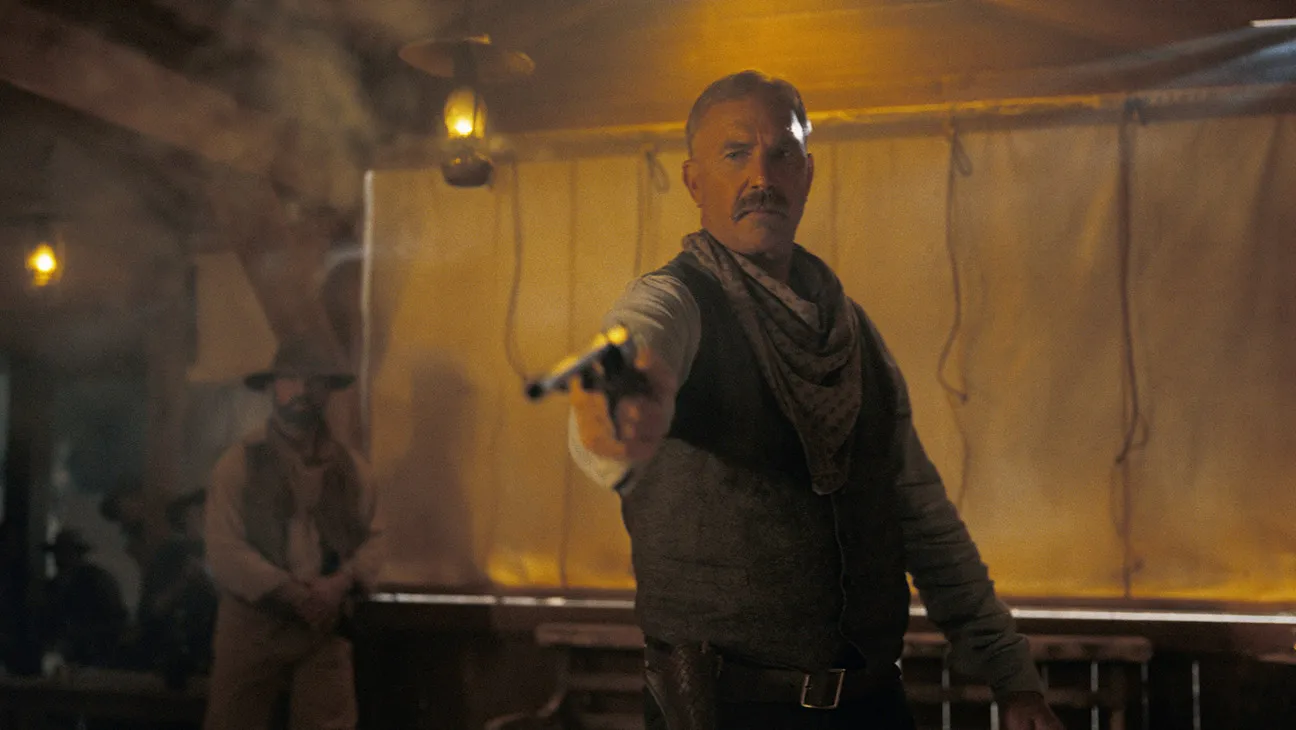
The fallacy, as well as the boon, of this installment, is its interest in introducing so many threads that the movie ultimately becomes like an agglutination of four first acts of four different westerns entrenched in a single film, with no signs yet of any sense of intersection, except a vague idea of which characters might have to interact sooner rather than later. It raises the question of such a movie existing in the first place and the lack of passing any judgment or any sort of thematic relevance from a mostly incomplete movie.
That’s the film’s boon as well because if one buys into the aesthetic and the overall chutzpah of Costner to craft a tetralogy running close to eleven hours, one can buy into the promise of Costner ultimately delving into his statement regarding the atrocities of the old west and the whitewashing of those events that these classical westerns can be reasonably accused of doing in that era. Thus far, one has to be satisfied with his statement regarding manifest destiny and the ultimate tragedy of what that encroachment ultimately leads to.
The promise holds water because the characters are interesting, at least when portrayed by such gifted actors. This bypasses the hollowness that such endeavors, which ultimately give rise to the teaser-ification of such summer blockbusters, can produce (Dune: Part 1 is one such example, which becomes retroactively better due to its much improved second installment). It is an issue when the movie truly doesn’t end, and the final “teaser” showing footage of chases and shootouts doesn’t help matters.
But again, if one takes the quarter of the story that has been given to us, the direction is a return to form for Costner, especially the middle section, with the confrontation between him and Campbell Bower a standout. Another standout is the first inciting incident, which shows Miller’s character and her daughter trying to hide while surviving by sucking the air through the nozzle of the gun.
It definitely cannot excuse the somewhat sloppy editing at the beginning, even a sudden jump between two wildly different perspectives, or the decision to introduce the third plot strand at least two hours into the narrative. These decisions neutralize the effectiveness of this first installment as a singular film in its own right. I was also flabbergasted at Costner’s choice to shoot it on a 1:85:1 aspect ratio and not on the 2:39:1 that his previous directorial efforts (especially Dances with Wolves) had been transplanted on. It further lends credence to the film feeling far too much like an installment of prestige television rather than an actual theatrical epic.
However, the old axiom “They don’t make them like these anymore” holds weight, especially for this film. A very classical Western, with Costner channeling his inner John Ford and Howard Hawks, might be too genre-focused or genre-insulated for an era where the Western isn’t very popular as a theatrical venture. But in terms of sheer scale and ambition, you can do far worse. As a viewer, I am buoyed by the possibility and sold on the promise of what the film is prophesizing—exploring the different story strands that the Western genre has been exploring for decades, all under a single umbrella. That is something I can get behind, at least for another installment.





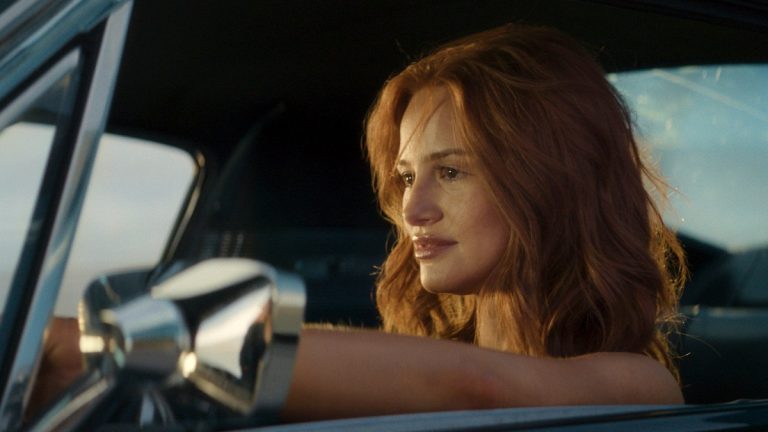
![Dark Blood [2021] Review – Cycle of Fear and Anger comes full circle](https://79468c92.delivery.rocketcdn.me/wp-content/uploads/2021/10/Dark-Blood-2021-768x461.jpg)

